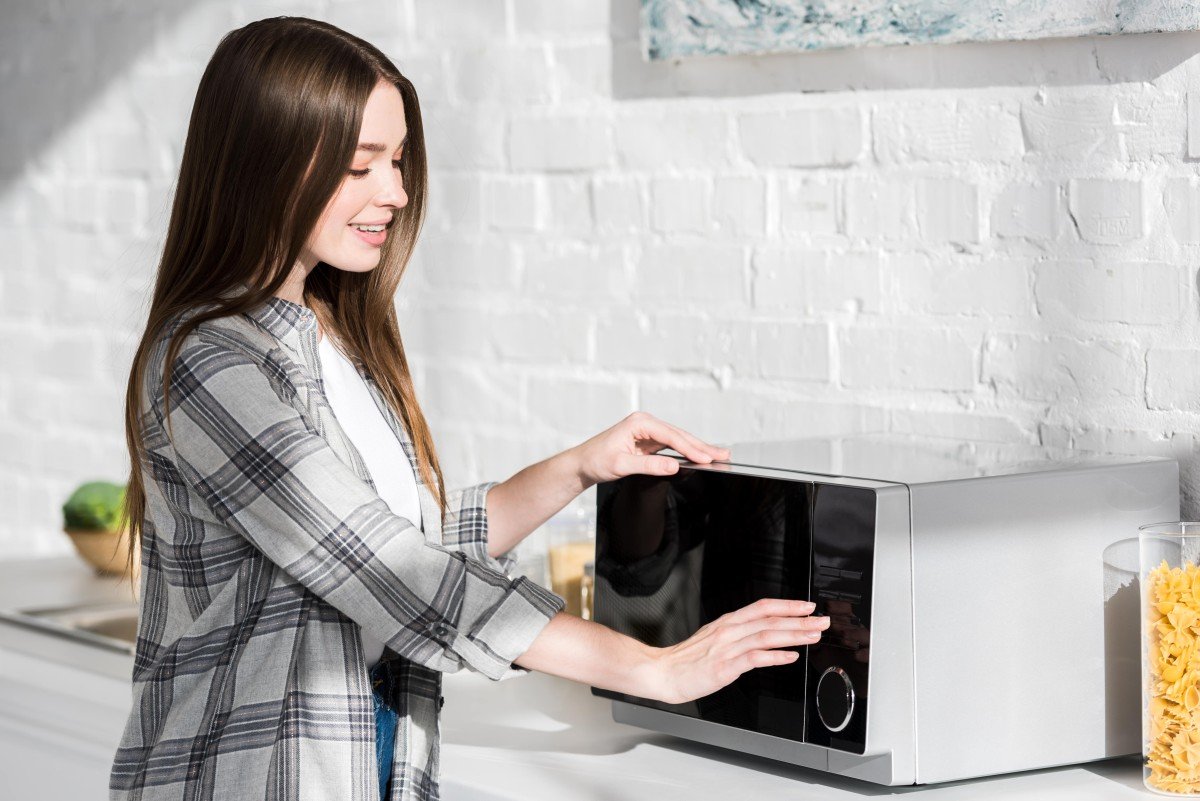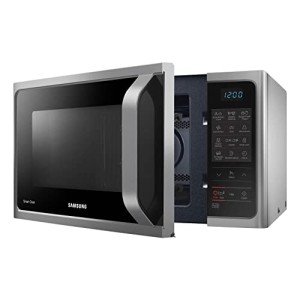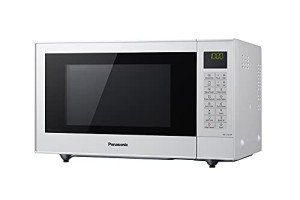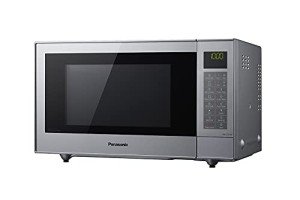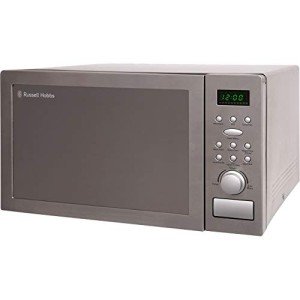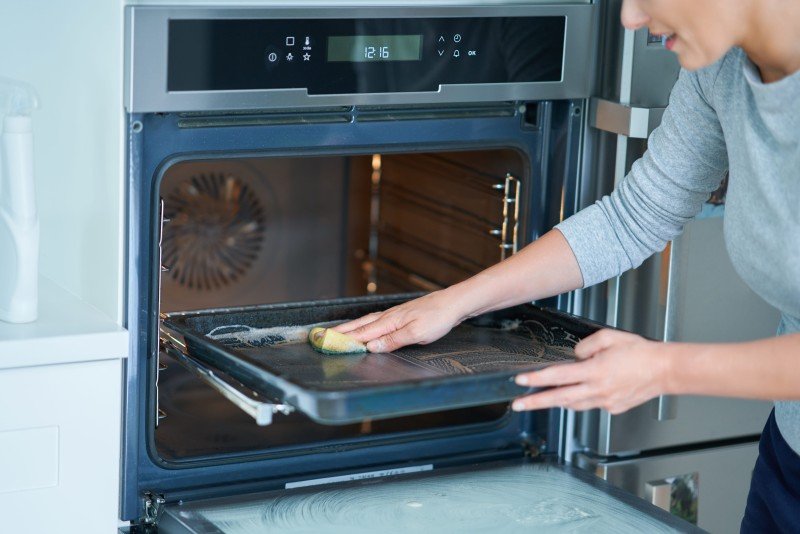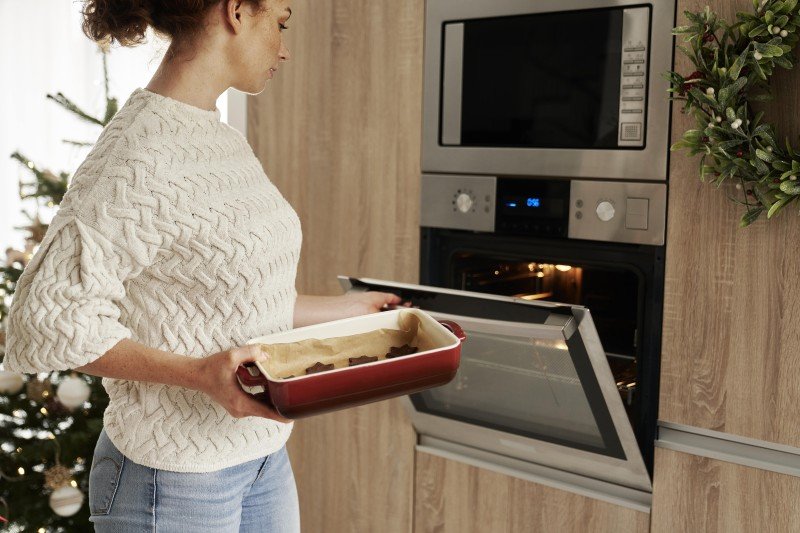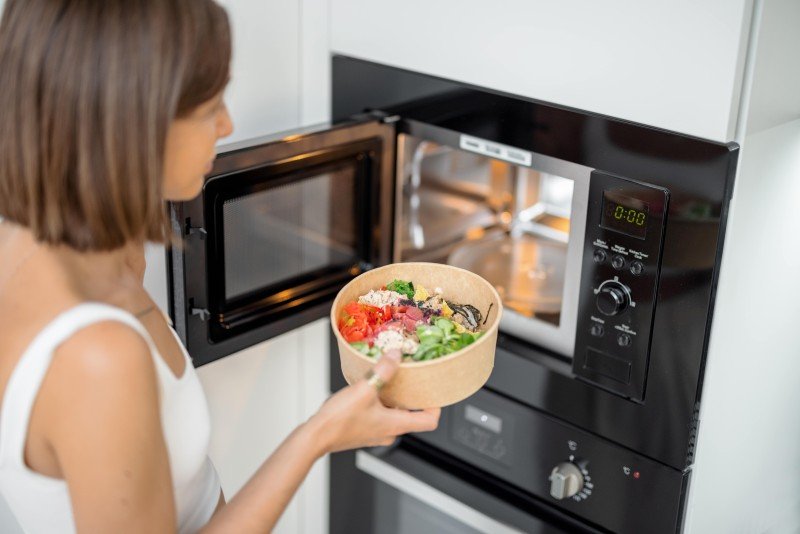Combination microwave ovens have revolutionized the way food is cooked, bringing convenience and versatility to busy kitchens around the world. These multifunctional appliances combine the features of a traditional microwave with that of a convection oven, allowing users to microwave, grill, and bake all in one unit. This guide explores what combination microwave ovens are, their advantages, how to use them, and answers some frequently asked questions.
What is a Combination Microwave Oven?
A combination microwave oven is a kitchen appliance that combines the functions of a microwave and a convection oven. This means it can use microwave energy to cook food quickly, while convection technology circulates hot air to ensure even cooking and browning. Some models also include grilling features, providing additional cooking options.
Key Features of Combination Microwave Ovens:
-
Microwave Functionality: Cooks food quickly by using microwaves to heat water molecules, which in turn heats the food.
-
Convection Cooking: Uses a fan to distribute hot air evenly, allowing food to bake and brown just like in a conventional oven.
-
Grilling Capability: Some models come with grilling elements, adding versatility to cooking methods.
-
Speed and Efficiency: Combination microwave ovens typically cook faster than conventional ovens, saving time and energy.
Advantages of Using Combination Microwave Ovens
The use of combination microwave ovens offers several benefits, making them a preferred choice for many households.
1. Versatility in Cooking Methods
A combination microwave can perform various cooking tasks, which include:
- Defrosting: Quickly thaw frozen food using the microwave function.
- Baking: Enjoy evenly cooked and browned cakes and pastries with convection baking.
- Grilling: Get crispy textures on meats and vegetables.
2. Space-Saving Design
In smaller kitchens, a combination microwave can replace multiple appliances, such as a regular microwave and a traditional oven. This is especially useful for apartments or homes with limited space.
3. Time Efficiency
Cooking times are reduced due to the combination of microwave and convection functions. Home cooks can prepare meals more quickly, which is a significant advantage for those with busy schedules.
4. Energy Savings
Using a combination microwave oven typically consumes less energy than a regular oven, which can contribute to lower electricity bills.
5. Enhanced Flavor and Texture
By combining cooking techniques, foods can achieve superior flavor and texture. For example, roasting vegetables in a convection setting can enhance their natural sweetness, resulting in a better-tasting dish.
How to Use a Combination Microwave Oven
Using a combination microwave oven effectively may require a slight learning curve. However, once you understand the basics, it can be a powerful tool in your kitchen. Here are steps to get started:
1. Read the Manual
Familiarize yourself with your specific model's features, settings, and limitations by reading the user manual.
2. Select Cooking Mode
Decide whether you want to use the microwave, convection, or a combination of both. Many models allow you to select different modes for different stages of cooking.
3. Set the Temperature and Time
If using convection mode, set the appropriate temperature, and if using microwave mode, keep in mind that microwave cooking times may differ from conventional cooking times.
4. Place Food in the Oven
Utilize appropriate cookware that can withstand both microwave and convection cooking, such as glass or microwave-safe ceramic.
5. Monitor Cooking Progress
Check food regularly and adjust cooking times as necessary. Consider rotating dishes to ensure even cooking.
6. Clean After Use
Proper maintenance is vital. After cooking, allow the oven to cool, wipe down surfaces, and clean any spills.
Table: Comparison of Cooking Functions
| Cooking Method | Pros | Cons |
|---|---|---|
| Microwave | Fast; retains moisture; good for defrosting | May not brown or crisp food |
| Convection Oven | Even cooking; browns and crisps food | Takes longer than microwaving |
| Combination | Versatile; speeds up cooking time | May require more practice to master |
FAQs about Combination Microwave Ovens
1. Can I use metal cookware in a combination microwave?
No, metal cookware should not be used in the microwave function as it can cause sparks and fires. Only use microwave-safe materials.
2. Can I bake a cake in a combination microwave?
Yes, you can bake cakes in a combination microwave using the convection setting for even cooking and browning.
3. How do I clean my combination microwave oven?
Use a damp cloth with mild soapy water for the interior and exterior. For stubborn stains, a mixture of baking soda and water can be applied as a paste.
4. Are combination microwave ovens energy-efficient?
Generally, yes. They use less energy compared to conventional ovens due to shorter cooking times and lower operating temperatures.
5. How do I know when to use microwave vs. convection vs. combination?
Typically, use microwave for quick heating, convection for baking and roasting, and the combination mode for dishes requiring both methods, such as casseroles.
Combination microwave ovens are a modern-day kitchen marvel that merges convenience with versatility. These appliances can accommodate a variety of cooking methods while saving time and energy. By understanding how to use a combination microwave oven effectively, users can enjoy delicious, home-cooked meals with great ease. As these appliances continue to gain popularity, they are likely to become a staple in more kitchens around the world.
